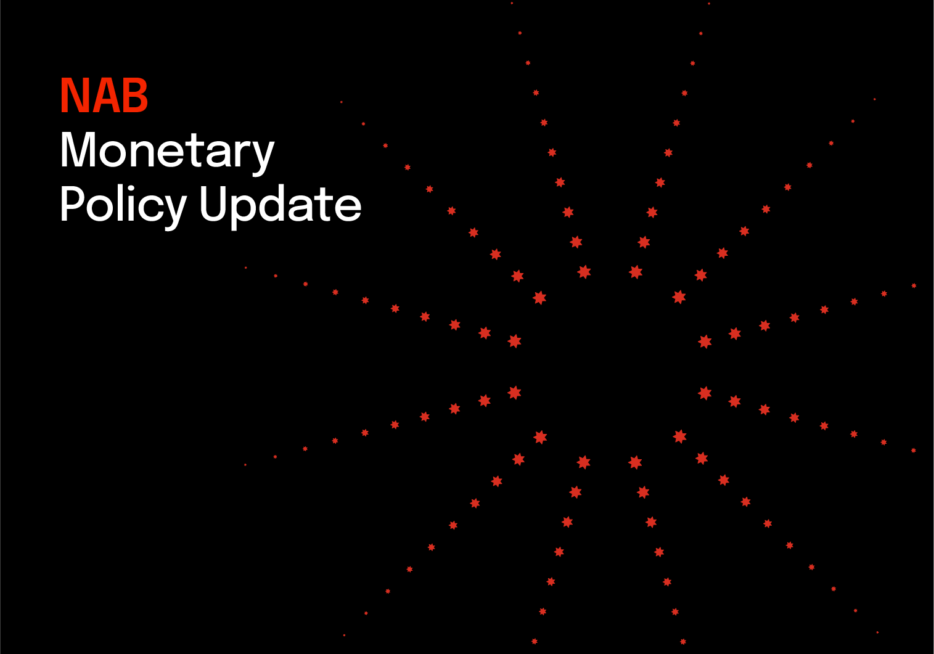A fast return to neutral and additional support


Insight
If you're looking to grow your business, offering credit to your customers can be a smart business move as long as the process is carefully managed. Danielle Woods of Dun & Bradstreet, suggests practical ways to avoid the pitfalls.

The opportunity to ‘buy now, pay later’ can attract new customers to your business and encourage them to place bigger orders. But credit can also have a negative effect on cash flow and reduce your profit margin – and there’s always a risk that the bills won’t be paid.
Ideally, a business will build a credit management system into its initial set-up. And, when you’re starting out, you should think carefully about whether to extend credit at all.
If you do decide to offer credit, a few simple steps can make the process easier to control.
“The first step is to write a credit policy setting out everything that people working in your business need to know,” says Danielle Woods, Director of Marketing & Corporate Affairs at Dun & Bradstreet. “This includes any rules and stipulations that must be applied before you lend money to a new customer, such as running a credit check.”
A credit check can range from a simple Australian Securities and Investments Commission document verifying that the business exists to a comprehensive report on the business’s finances. The credit policy might need to stipulate different triggers. For example, you can undertake a simple check for a customer wanting to borrow $500 or a far more detailed check as the loans get larger.
“Businesses can have access to analysis that predicts the likelihood of a customer failing to pay a bill or paying their bills late during a 12-month period,” says Woods. “We can also look at how a particular business pays compared with the industry trend.”
You may then set different parameters depending on the outcome of the report, such as lending $5,000 rather than $25,000 or asking for 50 percent of the money in advance.
“These parameters often change over time,” says Woods. “Customers who persistently pay late can be a huge drain on cash flow, so you might consider asking for a percentage upfront or even dropping them altogether. Or you might increase the credit limit of a customer who regularly pays on time.”
The next step is a signed agreement setting out the product or service you’ll provide along with your payment terms and any late payment fee you plan to charge. The standard term is 30 days although some businesses choose seven, 45 or 60 days.
“Sometimes, you and your customer will have different policies,” says Woods. “If you say 30 days and they refuse to budge from 60, you have to decide whether to wear their terms or say ‘no’ to their business.”
Download a free credit application template
Find out how NAB can help you access the money owed to you quicker with Invoice Finance.
Next week, Business View looks at how to manage chasing debt.
© National Australia Bank Limited. ABN 12 004 044 937 AFSL and Australian Credit Licence 230686.